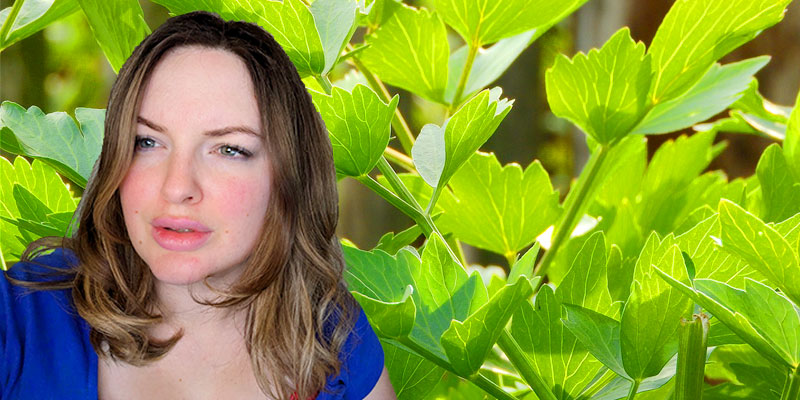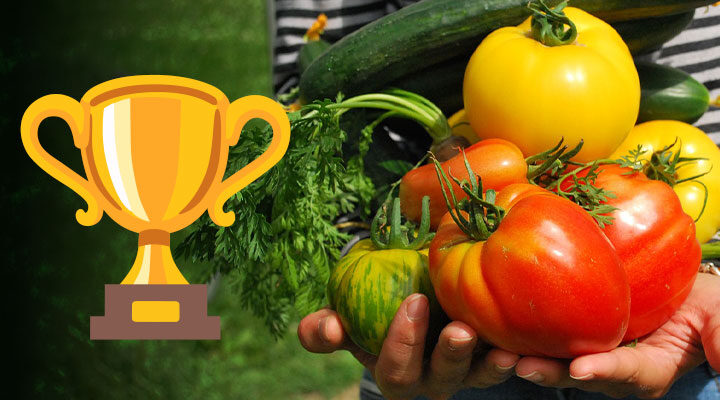
Lovage: The Herb That Thinks It’s Celery
Lovage is that surprisingly tall plant in the garden that looks like celery but smells like parsley on steroids. It’s a culinary herb—and also has a history as a medicinal one.
As Leslie Cox once said:
“Lovage, Levisticum officinale, is one of those herbs you either know and grow or you know almost nothing at all about. Those of us who do grow it have learned to appreciate this herb for a multitude of reasons.”
What Does Lovage Look Like?
If you’re not sure how to identify lovage, here’s what to look for:
- Bigger than celery: It’s tall—like, really tall.
- Hollow, ridged stems: Looks like celery but definitely isn’t.
- Yellow flowers: If you let it bloom (though you might not want to—more on that later).
- Green, thin, veiny leaves: Shiny and distinct.
How Do I Grow Lovage?
Key Tips for Growing Lovage:
- Harvest before it seeds: Seriously, it will spread everywhere if you don’t.
- Sunlight: Full sun to light shade.
- Watering: Keep it watered—lovage will droop or collapse if it doesn’t get enough.
- Soil: Prefers humus-rich soil but can handle heavy clay if you’re attentive.
- Staking or Cutting: Stake it early to keep it upright, or cut it back to 12″ to encourage fresh young leaves.
- Divide every 3 years: Keeps the plant healthy.
- Composting caution: Some pesky insects might use the stems to lay their eggs.
How Do I Eat Lovage?
Lovage is edible in all its parts: seeds, stems, leaves, and even roots. Here’s how you can use it:
- Culinary uses: Toss it in stews, salads, soups, baked bread, mashed potatoes, or rice dishes.
- Roots: Apparently, you can grate and cook the roots—though I’m not totally sold on the idea yet (but hey, why not try?).
- Tea: Make a lovage tea to aid digestion and reduce water retention (check with your doctor first!).
If you’re ever in a pinch and find yourself with no celery but loads of lovage, it can work as a spicy, celery-like substitute.
Final Thoughts on Lovage
There you have it—the quirks and uses of parsley’s bigger, bolder sibling. If you have a refined palate, you might find a whole new appreciation for lovage. But what do you think? Is lovage worth adding to your garden? Have any favorite lovage recipes? Drop your thoughts in the comments—I’d love to hear them!
Credits & Sources:
Cox, Leslie. “Don’t Pass Up the Lovage” Gardens West, vol. 20, no. 6, July August 2006, pp.58-59.

